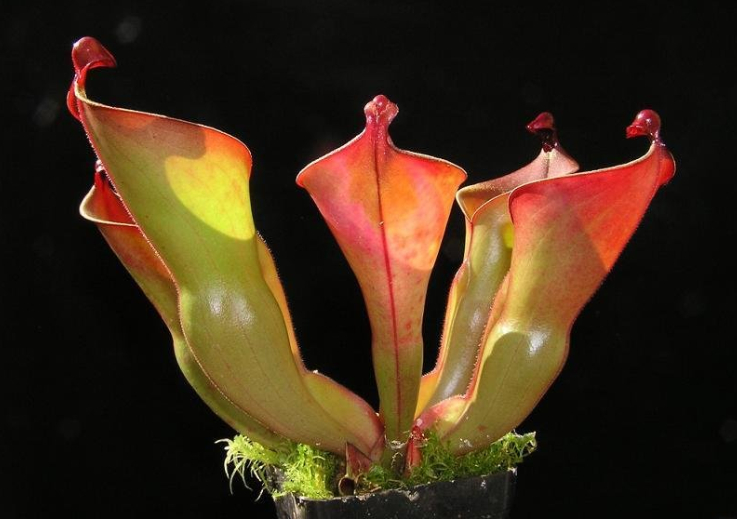Planting techniques of Euphorbia angustifolia
Puccinellia oleifera is a perennial herb of Rosaceae, which can be used as medicine. It has the effect of clearing heat and detoxification, cooling blood and stopping bleeding, and can treat diarrhea, hematochezia, dysentery and other diseases. in addition, its tender stem can also be used as daily food. So how to plant the white grass? Let's take a look.

1. Select the place
The adaptability of the grass is strong, and the requirements for the soil are not strict. Both sandy soil and loam can be planted, but it is suitable for the sandy loam with fertile soil, loose soil and good drainage. After selecting the planting site, cover it in winter to make it weathered enough, combine soil preparation before planting in spring, apply rotten organic fertilizer as base fertilizer, shape and rake flat, wait for sowing.
2. Sowing and raising seedlings
The method of direct seeding or seedling transplanting can be used. Direct seeding is generally sown from March to April in spring, first make a border on the planting ground, then open a shallow trench on the border surface according to the row spacing of 13 cm, spread the seeds evenly into the ditch, and water the seeds after sowing to facilitate seedling emergence. In the direct seeding method, we should pay attention to the sowing density, after emergence and time seedlings, to maintain ventilation and light transmission between plants, so as to make their growth strong. The seedling transplanting method was carried out in late April, with a row spacing of 15 × 25 cm, a hole depth of 15 cm and a strong seedling per hole.
3. Field management
In the seedling stage, timely ploughing and weeding should be carried out to promote the root growth of seedlings, and weeds should be removed as soon as they are seen, so as to avoid weeds affecting the growth of seedlings. When the seedlings grow 2-3 needles, the first topdressing should be carried out to promote the seedling growth, and the second fertilizer should be applied after flowering to increase the yield.
4. Pest control
Although Euphorbia angustifolia is a kind of Chinese herbal medicine, it is a common weed in rural areas, so it has strong vitality and resistance. When planting, there is basically no disease, what is easy to manage, and there are only aphids, which will absorb leaf cotyledons or eat in the plant, resulting in reduced production or death, causing great harm. When pests break out, chemical agents can be sprayed to control them.
The above is the introduction of the planting technology of Rabdosia angustifolia. I hope it can help you. If you want to know more about it, please follow us.
- Prev

Planting technique of Rhizoma acuminata
Planting technique of Rhizoma acuminata
- Next

Sarracenia cobra cultivation methods and precautions
Watering needs to use water with low mineral content (such as rainwater, purified water, etc.); cold and heat resistance, especially the roots should be kept cold, and there should be a large temperature difference between day and night; like strong light, in the case of temperature is not too high, can accept sunlight, the top of the plant will present red reticulation, very beautiful
Related
- Fuxing push coffee new agricultural production and marketing class: lack of small-scale processing plants
- Jujube rice field leisure farm deep ploughing Yilan for five years to create a space for organic food and play
- Nongyu Farm-A trial of organic papaya for brave women with advanced technology
- Four points for attention in the prevention and control of diseases and insect pests of edible fungi
- How to add nutrient solution to Edible Fungi
- Is there any good way to control edible fungus mites?
- Open Inoculation Technology of Edible Fungi
- Is there any clever way to use fertilizer for edible fungus in winter?
- What agents are used to kill the pathogens of edible fungi in the mushroom shed?
- Rapid drying of Edible Fungi

